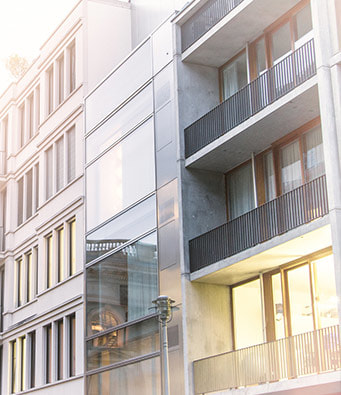Do your research
Avoid racing in to buying a property without knowing what you are getting into. Research the area, the local property market and the property’s history first.
Think like a tenant
Just because you like something, that doesn’t mean that a tenant will. You will maximise the number of potential tenants, and hence the rental price, by ensuring you buy a property with broad appeal. This means good-sized bedrooms, a functional layout, good access to shops and transport, and a working kitchen and bathroom. Of course you can renovate to improve the facilities and boost the rent, but do so tastefully. Opt for neutral colours and simple designs that won’t turn off prospective tenants.
Buy with the head, not the heart
Any investor needs to treat the whole thing as a business transaction. Don’t fall in love with a property. Don’t buy something simply because you’re impatient. Instead, keep a cool, clear head and only buy a property that makes good investment sense, at a realistic price.
Do your sums
Any investment property you buy has to add up. If you’re not going to make money from it, either as a rental or from capital growth, then it’s not really a sound investment idea. This goes for the purchase price, ongoing maintenance and any renovations or work you plan to carry out compared with your expected returns.
Manage your risk profile
You can tailor the type of investment property you buy to suit the level of risk you are happy to take on. Higher profits can be generated from higher-risk property, such as those in mining towns, but as we have seen recently, this can also lead to bigger losses when mining production slows or ceases. But there are profitable investment options for those who are risk-averse.
Know your investment timeframe
When buying an investment property, it’s crucial that you have a good idea of how long you plan to hold it. A long-term investment should have stable prospects, such as proximity to good schools, which will help it to continue growing in value over time. However, short-term investment could be had in an area about to undergo subdivision or rezoning, or it could benefit from a major infrastructure project or from buying in a booming market.
Diversify or concentrate?
Some investors like to invest multiple times in an area they know and trust. Others prefer to diversify an investment portfolio in different suburbs and towns, or even different states. The choice is ultimately yours, but it is worth considering which you are most comfortable with if you plan on having multiple investment properties.
With a bit of forethought about what you want to achieve from your investment, you’ll be better placed to choose a suitable property to park your money into.
Source: Adam Zuchetti for domain.com.au




 RSS Feed
RSS Feed
